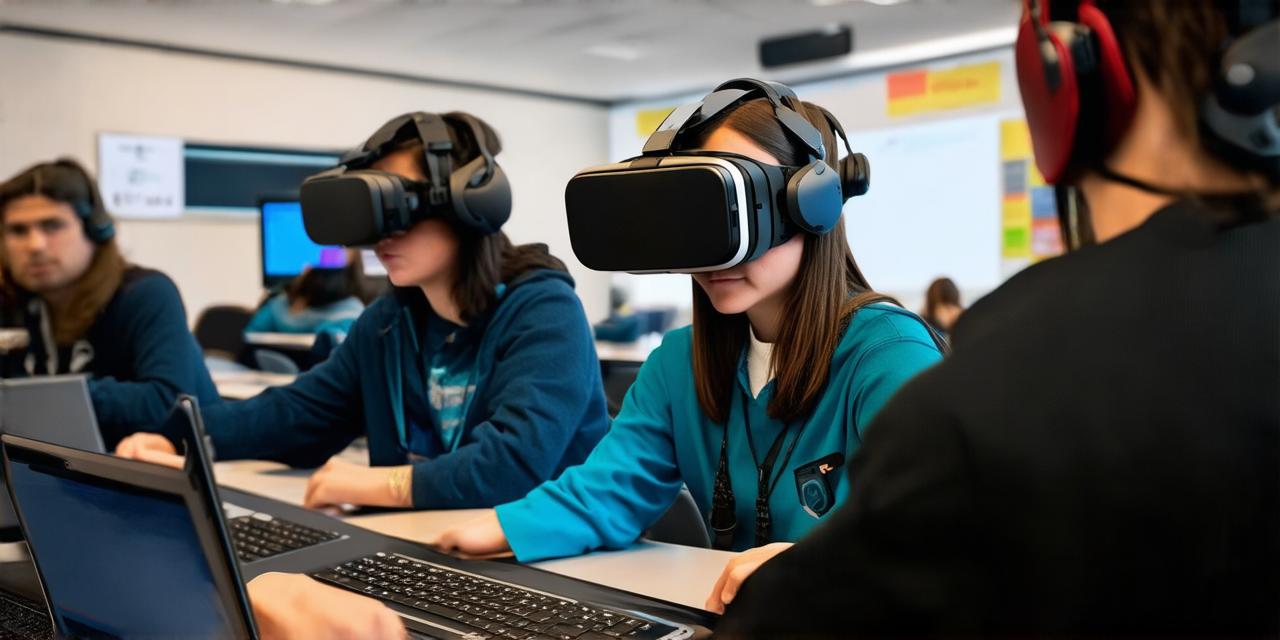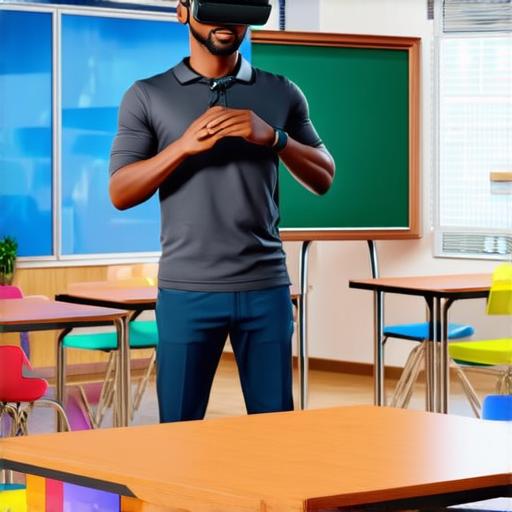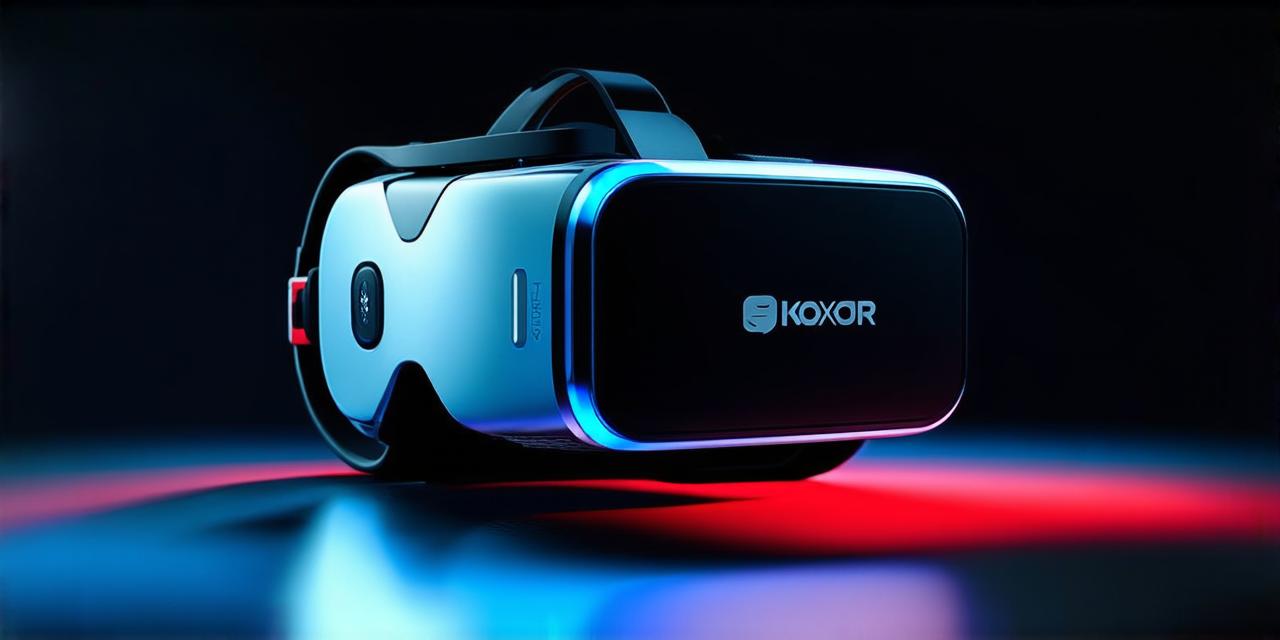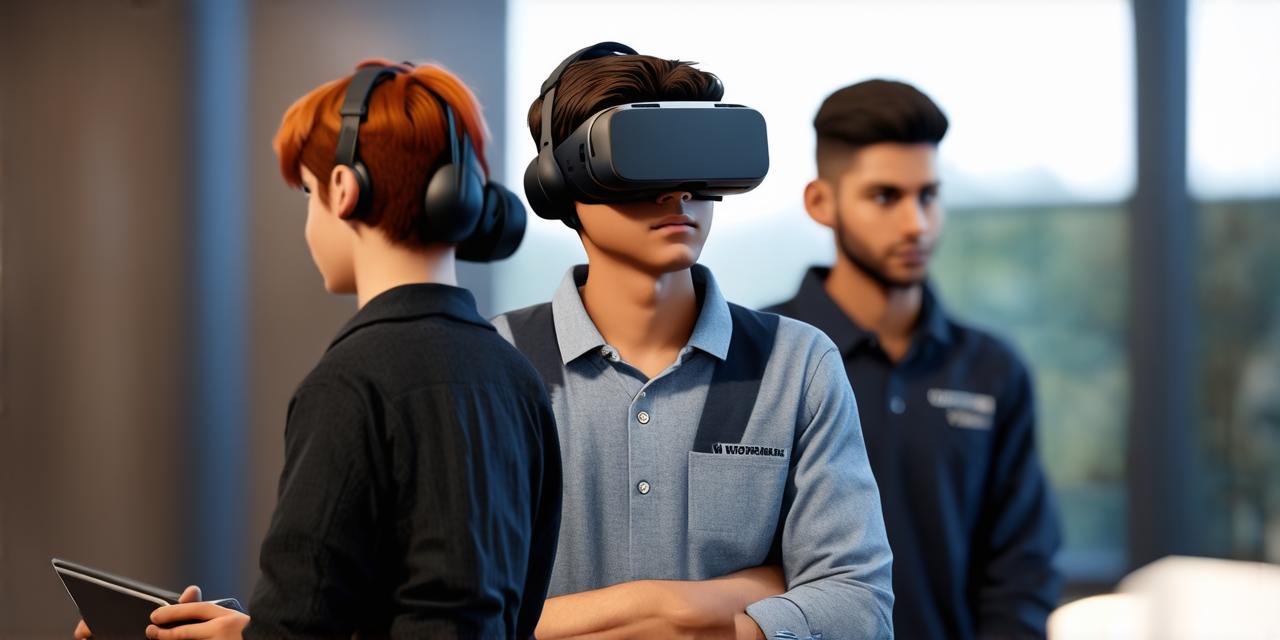
Should VR be used in schools?
Virtual Reality (VR) technology has come a long way since its introduction, and it is now being implemented in various sectors, including education. There are arguments both for and against the use of VR in schools, but this article aims to explore the potential benefits of using VR in classrooms.
Table of Contents
ToggleBenefits of using VR in schools

One of the main advantages of using VR in schools is that it can provide a more engaging and immersive learning experience for students. By simulating real-world environments, VR allows students to visualize abstract concepts and explore complex subjects in a way that traditional classroom teaching cannot.
Research has shown that immersive experiences, such as those provided by VR, can lead to better retention and recall of information. This is because the brain processes visual and spatial information more effectively than textual or auditory information. By using VR in the classroom, teachers can create more memorable learning experiences for their students, which could lead to better academic performance overall.
Students who use VR in the classroom tend to be more engaged and motivated to learn. This is because VR provides a level of interactivity and personalization that traditional teaching methods cannot match. Students can choose how they want to explore a virtual environment, and they can take control of their own learning pace and style. This increased sense of agency can lead to greater job satisfaction and a more positive attitude towards learning.
One of the biggest advantages of using VR in schools is that it allows students to access resources and experiences not available in real life. For example, a science teacher could use VR to take their students on a virtual field trip to the moon or Mars, allowing them to explore these planets and collect data in a safe and controlled environment. This kind of hands-on learning experience can help students develop important scientific skills and knowledge that they may not have had the opportunity to acquire otherwise.
Finally, VR has the potential to prepare students for future careers in industries such as engineering, architecture, and medicine. By using VR in the classroom, teachers can simulate real-world scenarios that require problem-solving, creativity, and critical thinking skills. These skills are highly valued in the workforce and will be essential for success in many fields in the coming years.
Summary
In conclusion, there are many potential benefits to using VR in schools. By providing a more engaging and immersive learning experience, improving retention and recall, increasing engagement and motivation, and preparing students for future careers, VR technology could help transform education and give students the tools they need to succeed in an increasingly complex and interconnected world. While there are certainly challenges associated with implementing VR in classrooms, these potential benefits make it a technology worth considering for schools of all sizes and levels.

